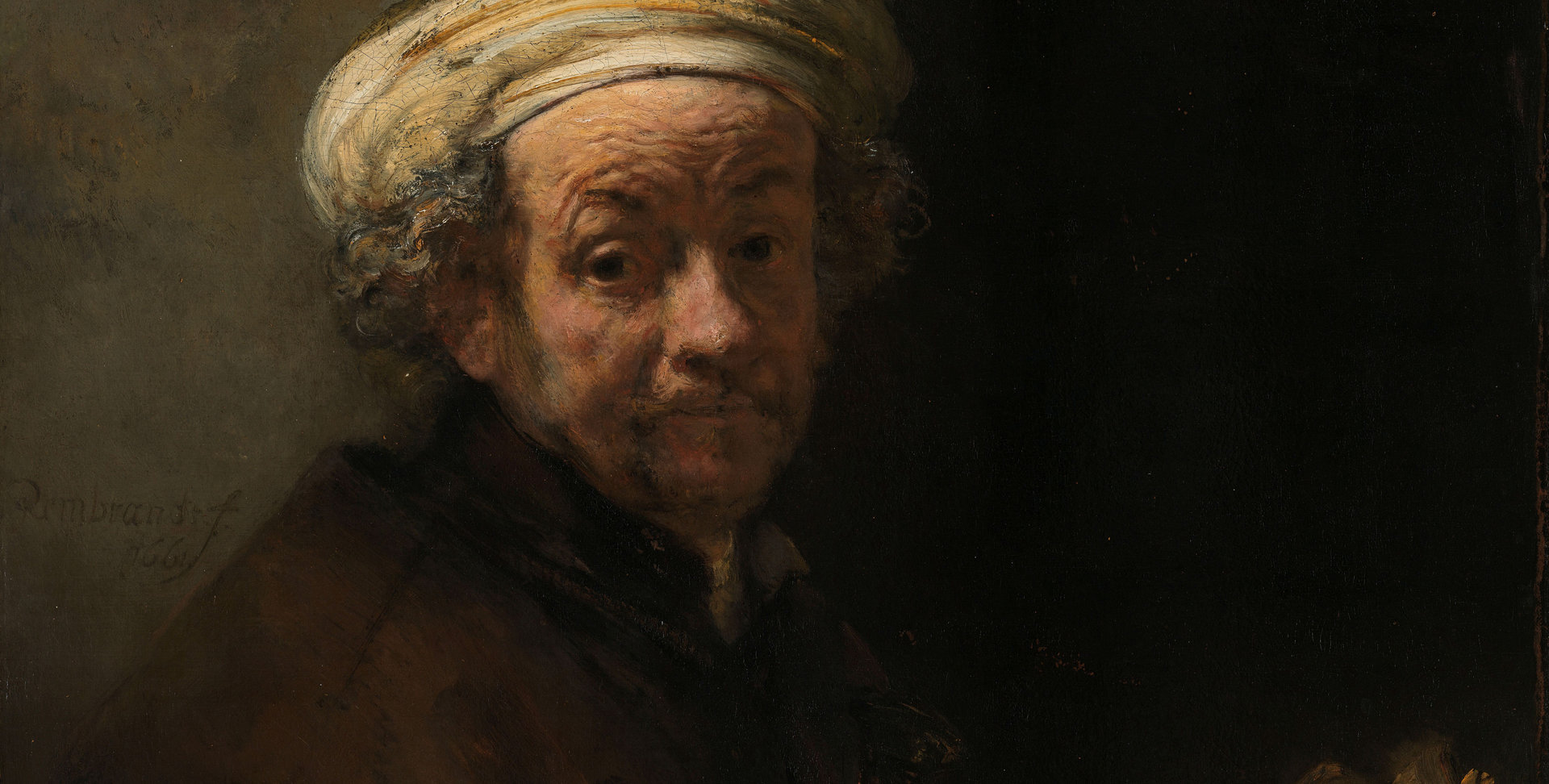Rembrandt van Rijn: The Dutch Master of Light and Shadow
Rembrandt van Rijn, one of the most celebrated artists in history, is renowned for his mastery of light and shadow, his emotive use of color, and his ability to capture the human experience with unparalleled depth and sensitivity. As a towering figure of the Dutch Golden Age, Rembrandt's contributions to art have left an indelible mark on the world. Let's delve into the life, artistry, and enduring legacy of this extraordinary painter.


Early Life and Training
Born in Leiden, Netherlands, in 1606, Rembrandt van Rijn showed early promise as an artist and enrolled at the University of Leiden at a young age. However, his passion for art led him to apprentice under several prominent painters before establishing his own studio in Amsterdam.
Artistic Style and Techniques
Chiaroscuro
Rembrandt's mastery of chiaroscuro, the use of strong contrasts between light and dark, is perhaps his most distinctive artistic trait. Through skillful manipulation of light and shadow, he created dramatic, atmospheric compositions that evoke a sense of depth, mystery, and emotion.
Impasto
Rembrandt's use of impasto, the thick application of paint, added tactile texture and richness to his works. He employed this technique to convey a sense of materiality and depth, particularly in his portraits and character studies.
Emotional Depth
Beyond technical prowess, Rembrandt possessed a profound understanding of human emotion and character. His portraits, characterized by their psychological depth and expressive brushwork, reveal a keen insight into the complexities of the human condition.
Iconic Works
"Self-Portrait with Two Circles" (c. 1665–1669)
Among Rembrandt's numerous self-portraits, "Self-Portrait with Two Circles" stands out for its raw intensity and introspective gaze. Rendered with bold brushwork and subtle chiaroscuro, the painting offers a glimpse into the artist's inner world and reflects his self-exploration through the passage of time.
"The Night Watch" (1642)
Arguably Rembrandt's most famous painting, "The Night Watch" is a monumental masterpiece that showcases his command of composition, light, and narrative. The dynamic energy of the scene, illuminated by a dramatic play of light and shadow, captivates viewers and immortalizes the civic guardsmen of Amsterdam.
"The Anatomy Lesson of Dr. Nicolaes Tulp" (1632)
In this seminal work, Rembrandt depicts a group of physicians gathered around a cadaver for a dissection. Through his meticulous attention to detail and evocative use of light, he transforms a scientific demonstration into a profound meditation on mortality and the fragility of life.


Enduring Legacy
Rembrandt's influence on the development of Western art cannot be overstated. His innovative techniques, expressive brushwork, and profound empathy for the human condition paved the way for future generations of artists. From the Baroque period to the present day, Rembrandt's works continue to inspire and captivate audiences around the world.
Rembrandt van Rijn, the Dutch master of light and shadow, transcended the boundaries of his time to become one of the most revered artists in history. Through his mastery of chiaroscuro, his emotive portrayal of human experience, and his timeless contributions to art, Rembrandt left an indelible legacy that continues to resonate with audiences centuries after his death. As we reflect on his life and work, we celebrate the enduring brilliance of a true artistic genius.












